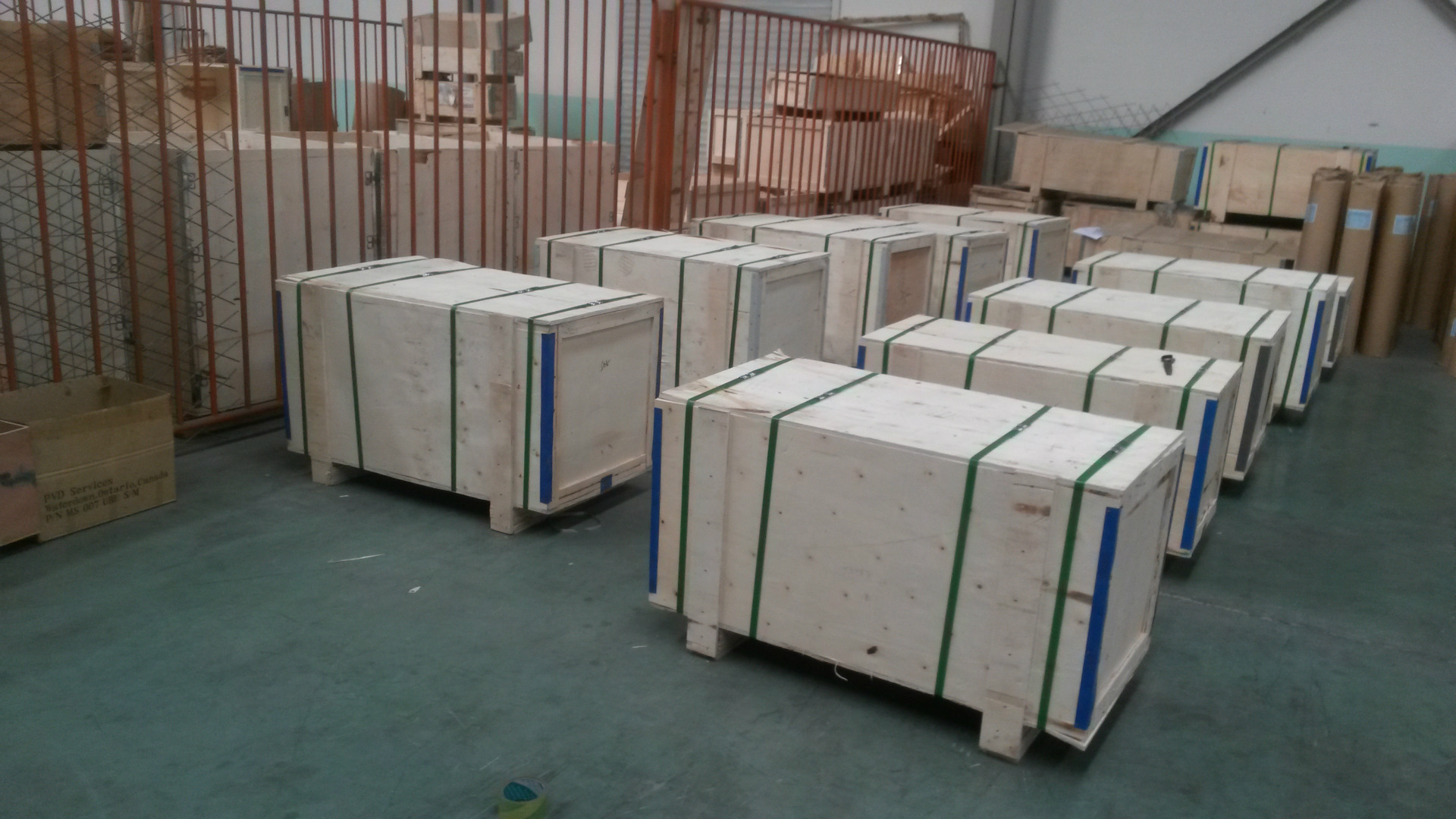Fish Feed Production Equipment for Efficient Aquaculture Solutions and Sustainable Growth
Oct . 13, 2024 09:59 Back to list
Fish Feed Production Equipment for Efficient Aquaculture Solutions and Sustainable Growth
The Importance of Fish Feed Milling Machines in Aquaculture
The aquaculture industry has been growing rapidly in recent years, driven by the increasing demand for fish as a sustainable source of protein. To meet this demand, it is crucial to ensure that fish are fed quality nutrition that promotes their growth and health. This is where fish feed milling machines come into play, as they play a vital role in the production of high-quality fish feed.
Fish feed milling machines are specialized equipment designed to process raw materials into feed suitable for fish. They are essential not only for commercial fish farms but also for small-scale aquaculture operations. The ability to produce feed in-house allows fish farmers to have better control over the quality, formulation, and costs of their feed.
How Fish Feed Milling Machines Work
The process of fish feed production begins with the selection of raw materials, which can include fish meal, soybean meal, grains, and various vitamins and minerals. These ingredients need to be finely ground and mixed to ensure a balanced diet that meets the nutritional requirements of different fish species.
Fish feed milling machines typically include several components a grinder to reduce the particle size of the raw materials, a mixer to homogenize the mixture, and a pelletizer to form the feed into pellets that are easy for fish to consume. Some machines also incorporate steam conditioning, which helps in enhancing the nutritional value and digestibility of the feed.
After pelletizing, the feed is often dried and cooled to ensure durability and to extend its shelf life. This complete process ensures that the texture and nutrient composition of the feed are optimal for the target fish species.
Benefits of Using Fish Feed Milling Machines
fish feed milling machine

1. Custom Formulation One of the primary advantages of using fish feed milling machines is the ability to customize the feed formulation based on the specific needs of the fish being raised. Different species and growth stages require different nutritional compositions, and having the capability to produce tailored feeds can lead to better growth rates and overall health.
2. Cost-Effectiveness Producing feed in-house can be more cost-effective compared to purchasing ready-made feeds. Farmers can buy raw materials in bulk and produce feed as needed, reducing waste and saving money in the long run.
3. Quality Control Fish feed milling machines allow farmers to ensure the quality of their feed. By monitoring the ingredients and the milling process, they can avoid contaminants and ensure a high standard of nutrition, contributing to healthier fish stocks.
4. Sustainability With the growing emphasis on sustainable aquaculture practices, the ability to produce feed locally can significantly reduce the carbon footprint associated with transporting commercial feeds. Using locally sourced materials further enhances sustainability.
5. Increased Production Efficiency The automation and efficiency of modern fish feed milling machines improve production capacity and reduce labor costs. Many machines can produce large quantities of feed quickly, helping farmers meet the demands of their operations effectively.
Conclusion
The role of fish feed milling machines in aquaculture cannot be overstated. As the industry continues to expand in response to global demand, investing in quality milling equipment will enable fish farmers to optimize feed quality, reduce costs, and increase production efficiency. This not only benefits the fish and the farmers but also contributes to the sustainability of aquaculture practices worldwide. Embracing technology in feed production is essential for the future of aquaculture, ensuring that it can continue to provide nutritious food while protecting our aquatic ecosystems.
-
Hot Sale 24 & 18 Door Rabbit Cages - Premium Breeding Solutions
NewsJul.25,2025
-
Automatic Feeding Line System Pan Feeder Nipple Drinker - Anping County Yize Metal Products Co., Ltd.
NewsJul.21,2025
-
Automatic Feeding Line System Pan Feeder Nipple Drinker - Anping County Yize Metal Products Co., Ltd.
NewsJul.21,2025
-
Automatic Feeding Line System - Anping Yize | Precision & Nipple
NewsJul.21,2025
-
Automatic Feeding Line System - Anping Yize | Precision & Nipple
NewsJul.21,2025
-
Automatic Feeding Line System-Anping County Yize Metal Products Co., Ltd.|Efficient Feed Distribution&Customized Animal Farming Solutions
NewsJul.21,2025






